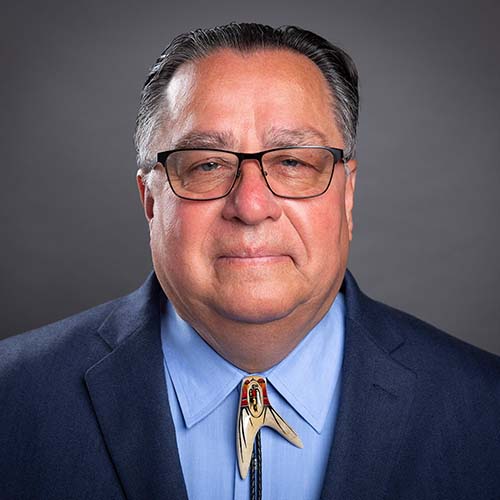
- Details
- By Jennifer Wybieracki
NUIQSUT, Alaska — On a summer evening last August, the gravel roads led residents toward Nuiqsut’s Trapper School for an Iñupiat ceremonial dance. The village of just over 500 welcomed congressmen from across Alaska, a week before the state’s primary election.
Wooden bleachers in the school’s new gymnasium, paid for with oil money, were crowded with excited locals sitting behind the state congressmen filling in the first two rows.
Performers sat in the center of the gym, with the men in the front row wearing green regalia, and women, wearing pink, filed into the second and third rows. Each dance told a unique story. One performed by the village’s young boys was about fighting your enemy. Each pair of boys mimicked punches and jabs to the beat of drums, but by the end of the dance, they shook hands, stronger as a pair.
Read the story at Native News Online.
Help us defend tribal sovereignty.
At Native News Online, our mission is rooted in telling the stories that strengthen sovereignty and uplift Indigenous voices — not just at year’s end, but every single day.
Because of your generosity last year, we were able to keep our reporters on the ground in tribal communities, at national gatherings and in the halls of Congress — covering the issues that matter most to Indian Country: sovereignty, culture, education, health and economic opportunity.
That support sustained us through a tough year in 2025. Now, as we look to the year ahead, we need your help right now to ensure warrior journalism remains strong — reporting that defends tribal sovereignty, amplifies Native truth, and holds power accountable.
 The stakes couldn't be higher. Your support keeps Native voices heard, Native stories told and Native sovereignty defended.
The stakes couldn't be higher. Your support keeps Native voices heard, Native stories told and Native sovereignty defended.
Stand with Warrior Journalism today.
Levi Rickert (Potawatomi), Editor & Publisher
